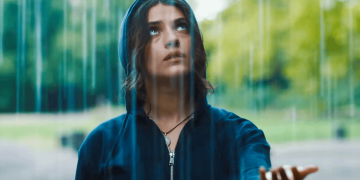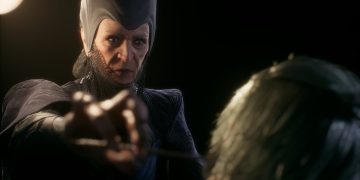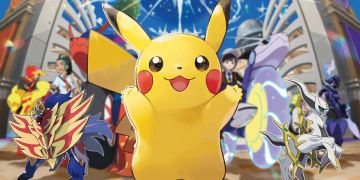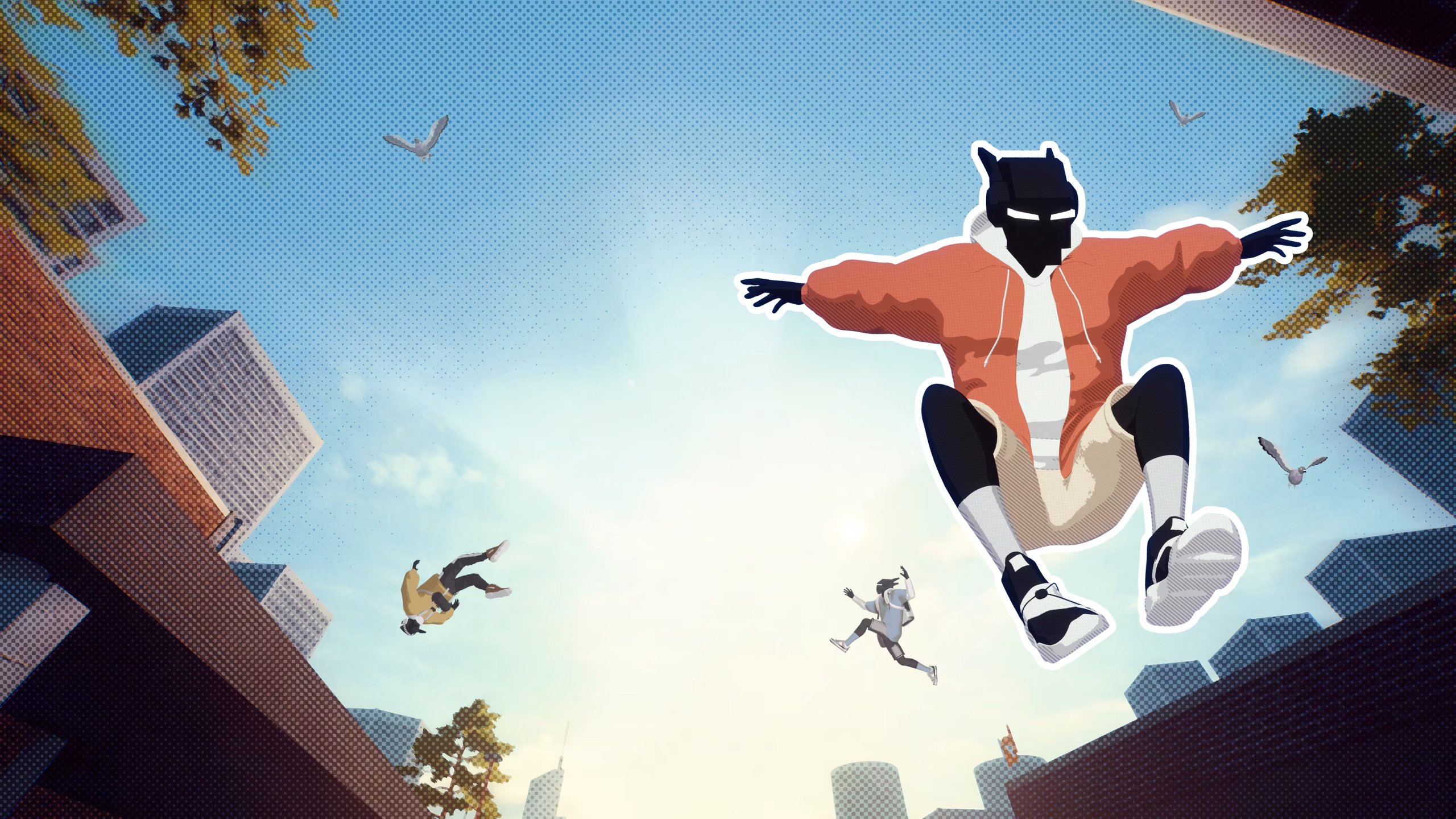This piece contains spoilers for the "Until Dawn" movie.
I’ve been puzzling over how to adapt "Until Dawn" into a movie. Supermassive Games crafted their horror game with choice-driven butterfly effect mechanics, essentially turning it into a 10-hour interactive film. It’s a masterpiece penned by indie horror talents Larry Fessenden and Graham Reznick. So, turning it into a movie without losing its essence seemed tricky. Sony’s announcement of an "Until Dawn" adaptation felt off, and after watching the film, it leaves me scratching my head.
That’s because David F. Sandberg’s movie strays from the core of Supermassive’s game.
Writers Gary Dauberman and Blair Butler chose to interpret "Until Dawn" literally. Here, "Until Dawn" means a time-loop scenario with five young adults trying to survive until morning while being hunted. If anyone dies, they restart when a massive hourglass runs out. Too many deaths, and you become a wendigo, part of Dr. Alan J. Hill’s mad experiment. While the storyline of a missing sibling remains—Ella Rubin’s Clover searches for her sister—the setting is different, and choices don’t impact the narrative as they did on Blackwood Mountain.
This isn’t the "Until Dawn" fans know.
In the game, death has real consequences, sending shockwaves through the storyline with no do-overs. That’s what gave "Until Dawn" its high stakes: a simple button slip could spell doom for characters. Dauberman and Butler miss this essence, opting for a less intense experience.
At best, "Until Dawn" mimics "Cabin in the Woods." Glore Valley, with its stormy backdrop broken by a circle of sunshine, feels like a director playing with weather effects—echoing "Cabin in the Woods." The controlling figure, Dr. Hill, and the self-aware horror jokes, along with varied monsters, fail to match the game’s storytelling. The movie’s mishmash of random scary scenes pales next to the game’s structured intrigue.
A nod goes to the inclusion of wendigos. In the game, a 1952 mine collapse led to cannibals turning wendigo, terrorizing Blackwood. In the film, Clover’s friends risk wendigo transformation due to Dr. Hill’s experiments from his gloomy hideout, similar to his in-game office. It’s not a direct adaptation and doesn’t need to be, but the wendigos are overshadowed by a slasher and a host of supernatural elements like witches and creepy villains.
Peter Stormare returns as Dr. Hill, linking back to the game. But, unlike the in-game psychiatrist role, here he’s soon revealed to be the mastermind behind experiments. This reference taps into the game’s mythology, featuring Clover’s discovery of Hill’s “office” and uncovering her profile next to Josh’s.
There’s an attempt to connect, hinting at transformations and tying wendigo lore, but Clover dispatches Dr. Hill with little effort.
Or does she?
As the credits roll, we see the decrepit sanitarium where Hill explodes after drinking dangerous water, only for his voice to echo over Blackwood’s lodge cameras, hinting he was a figment of Clover’s imagination as he was for Josh.
Sandberg’s film appears to be a prequel spin-off, separate from the game’s storyline. A sequel might explore Josh’s vengeance, fitting within this new set of movie rules.
Simply put, superficial Easter eggs don’t cut it. Reimagining Dr. Hill as the villain lacks depth compared to the game, making him a poor copycat. The sudden Blackwood reveal creates confusion as Sandberg claims the movie follows the game’s timeline, yet it plays as a prelude. The movie’s detachment from the game questions its connection (cough intellectual property cough), where a late-game tie-in feels forced.
There’s an attempt to engage fans with nods to the game. Ji-young Yoo’s Megan leads a silent hand-holding scene reminiscent of holding your breath in Quicktime events. Clover’s encounter with a wendigo ties back to the on-screen "Don’t Move" prompts. However, bigger storytelling elements are missing, as the adaptation struggles to honor Supermassive’s work fully.
Recognizable moments include reused wendigo sounds and death scenes echoing in-game events. Sketches and props may hint at other Supermassive titles, but these references feel tacked on.
While "Until Dawn" could be a spiritual successor, it barely aligns with its source material. Despite not being a disaster, it doesn’t capture what made the game great. It lacks the tension and fear that Supermassive achieved so effortlessly, tarnishing the game’s interactive horror experience.
Ultimately, the "Until Dawn" movie misses the mark, leaving fans yearning for a more faithful adaptation of Supermassive’s hit.











![[PS5] Review of Amerzone: The Explorer’s Legacy [PS5] Review of Amerzone: The Explorer’s Legacy](https://www.nogameover.net/wp-content/uploads/2025/04/Amerzone-–-The-Explorers-Legacy-Set-for-Release-Next-Week-360x180.jpg)



































